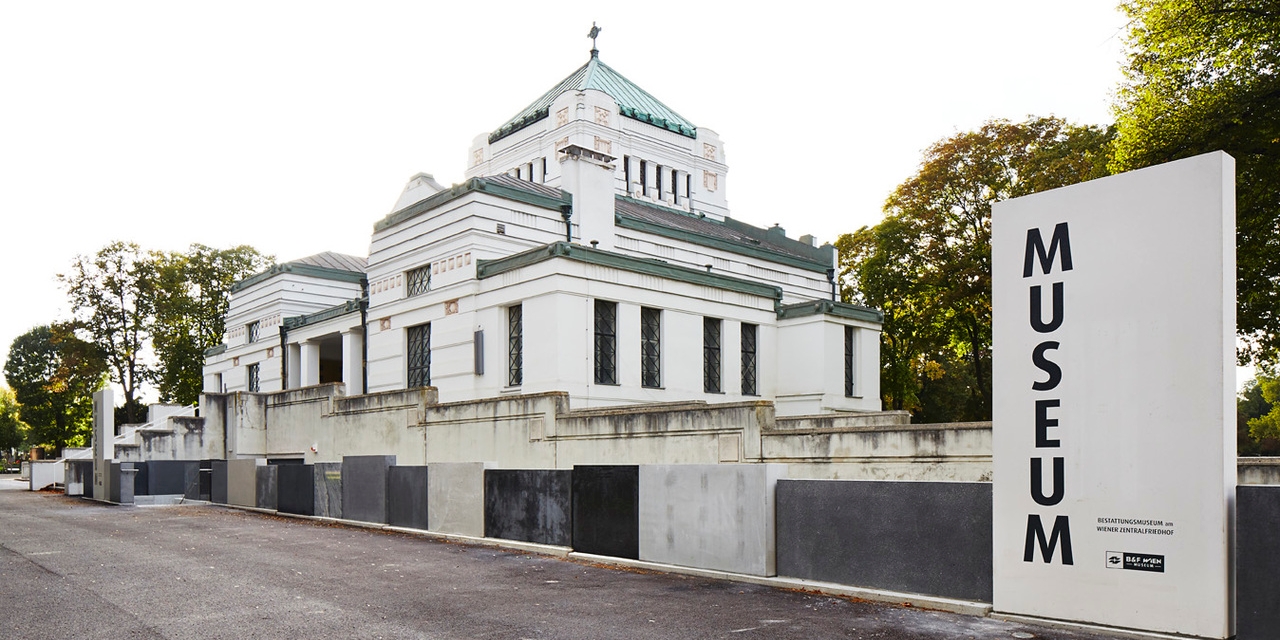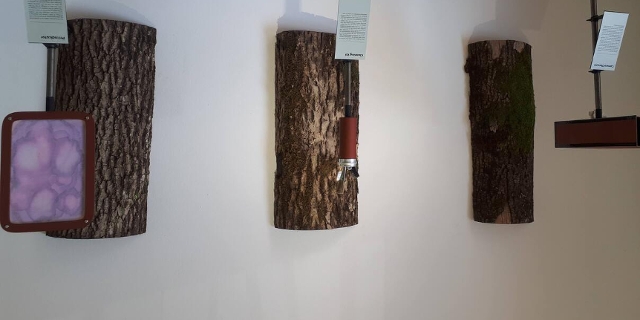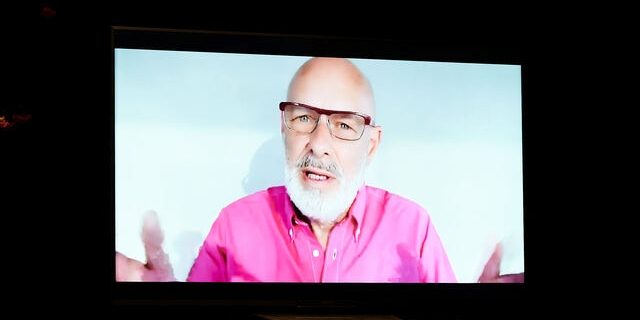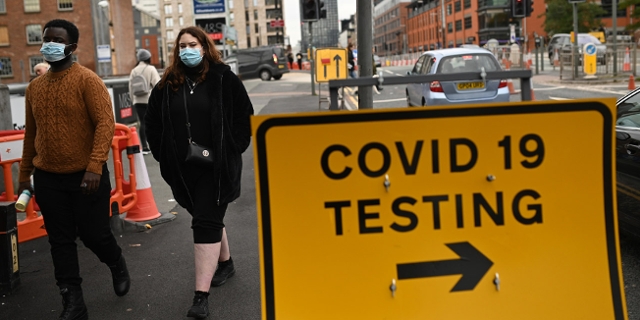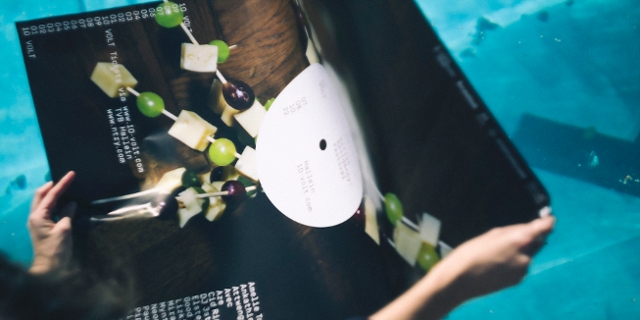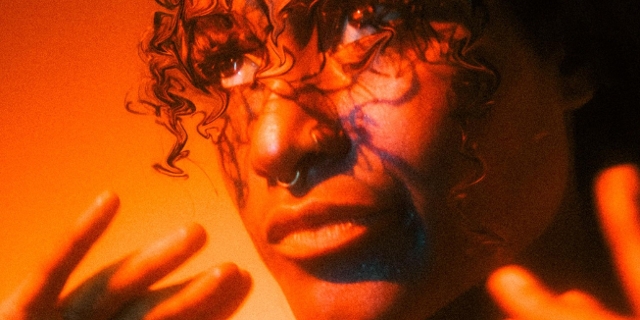The Beautiful Corpse: Fascinations and oddities at The Viennese Undertaker Museum
By Johnny Bliss
I’ve always been fascinated by funerals, by death and the industry surrounding it. Admittedly, as a goth in my youth, I was more fascinated by the mysterious spiritual aspects of death, but even then the visual aesthetics of graves and coffins held a certain significant appeal.
Even today, one of my favourite places to go for a stroll in Vienna is the Central Cemetery, which is how I came to be aware of the Undertaker’s Museum, a.k.a. the Bestattungsmuseum, which is housed in a funeral hall. At the beginning, it was used for those who died of contagious diseases – but as of the last few decades, it’s been used for the last farewell of VIPs. One can wander past such a building only so often without growing curious.
And so, finally one cloudy, windy day this year, when the weather was less ideal than expected for wandering around the graveyard, I came in from the cold (like a spy), and met the curator for the museum, Helga Bock, a sprightly and energetic woman with a genuine enthusiasm for funerals!

© Foto Wilke
Helga Bock!
She gave me a tour, which I was happy to record, excerpts of which you can hear all week on FM4’s Reality Check (and then as a podcast).
...about the Schöne Leich
Firstly, we spoke about this notion of the Viennese obsession with death, this sort of ‚Cult of the Dead‘ we always hear about. I wondered if it’s just a stereotype, or if there’s really something there.
Helga: „If you listen to something like sentimental music from the Viennese wineries, then you can really hear it. This moaning-murmuring Viennese singing about death. Of course there are many expressions for death, most famously the ‚schöne Leich‘. But this is more from the past. These days, it’s more subtle: colleagues come, for example, from Germany and say: ‚ah, people deal with death in a relatively open way here. In our country we do not talk about it that openly.‘ Being Viennese, it’s not easy to judge this accurately; this is more the view that one gains from engaging with people from elsewhere.“
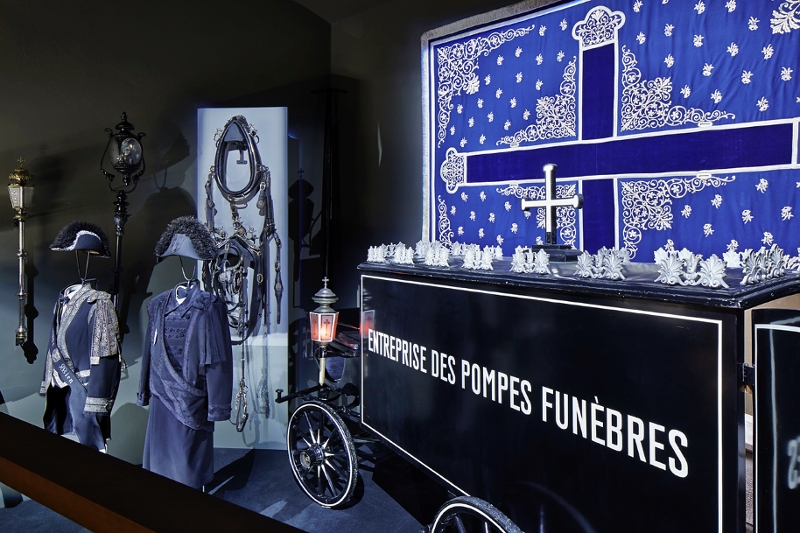
© B&F Wien/Manfred Seidl
...about Death Masks
Reality Check, 29/10-02/11
From October 29th to November 2nd, our roaming reporter Johnny Bliss is in Vienna, at the Bestattungsmuseum a.k.a the Undertaker’s Museum, at Vienna’s Central Cemetery, with a curator named Helga Bock. Together, they’ll be looking at some of the weirder parts of the funeral business, and of its history. This includes coffins with trap doors, death masks, grave robbery, and methods undertakers employed to prevent the accidental burial of the living. From 1 p.m., and afterwards seven days on demand.
Check this spot at the end of the week for the Reality Check podcast!
Next up, I wanted to ask her about the ancient tradition still being practiced today: the creation of death masks for the dearly departed. Where did this tradition come from, what does it signify, and why is it still popular?
Helga: „Death masks already existed in the ancient world. The Romans were walking with masks of relatives and ancestors along a patrician funeral procession. The ancestors would thus accompany the funeral. That means that the purpose of the mask was not to remember the deceased, but to have a newly deceased person be accompanied by his or her ancestors.“
Like becoming the dead?
"Yes, exactly, that was the idea. To have the living and the dead part of the family united. But nowadays the death mask serves a more memorial function, and is usually stored in a casket.
„In Vienna, death masks became popular again in the 19th century. We have a few of them here, dating back to the 20th century, and only the identity of some of them is known today. For example, we have the original death mask of Joe Zawinul, the musician, who died in 2007. Some of my colleagues have learnt to produce death masks, and his was the first that was made. Later, his family donated the mask to the museum.“
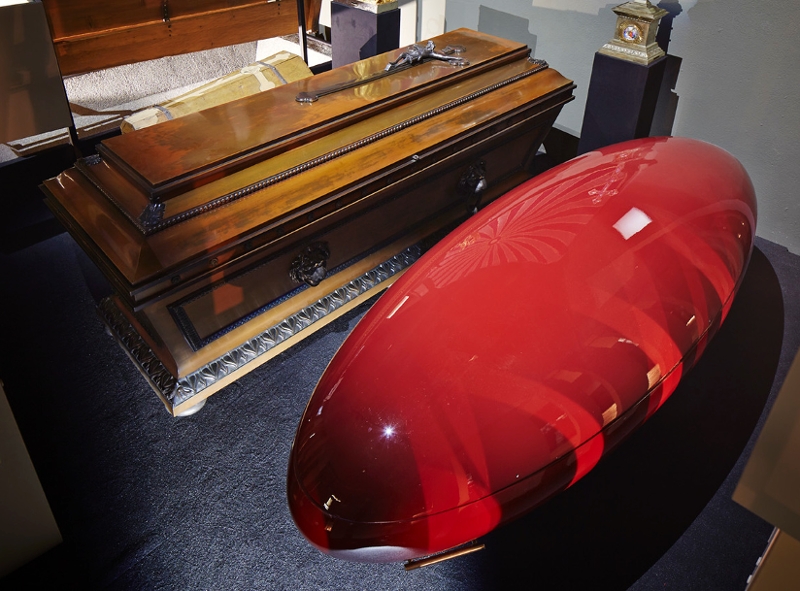
© B&F Wien/Manfred Seidl
Coffins with Trap doors
The great thing about Helga is she’s a born storyteller, and before long she was telling me all kinds of stuff that I’d had no idea about. For example, in the 1700s, the Emperor Joseph the 2nd had a revolutionary idea: reusable coffins!
"At that time almost everybody who died could afford their own coffin but there was still a large gap between the social classes. Joseph’s idea was an idea of equality that at that time was perceived as scandalous.
"Namely, everybody should be brought to rest in the same kind of coffin, which would have been provided by the church. That was a very simple wooden coffin. And this wooden coffin would only be used for carrying the deceased up to the spot of their grave, which was usually a mass grave.
"There, the coffin would be lowered to the ground of the grave, the floor plate would open, and the deceased would roll into the grave. Afterwards, the coffin would be reused. The advantage for the relatives was that this coffin was free of charge. Another benefit (from the perspective of the Emperor) was that the deceased, who was no longer useful to society, should thus decompose as fast as possible. And thirdly the idea was not to waste wood.
„However, this decree over the reusable hatch-coffin was revoked after only half a year, amidst fierce protests.“
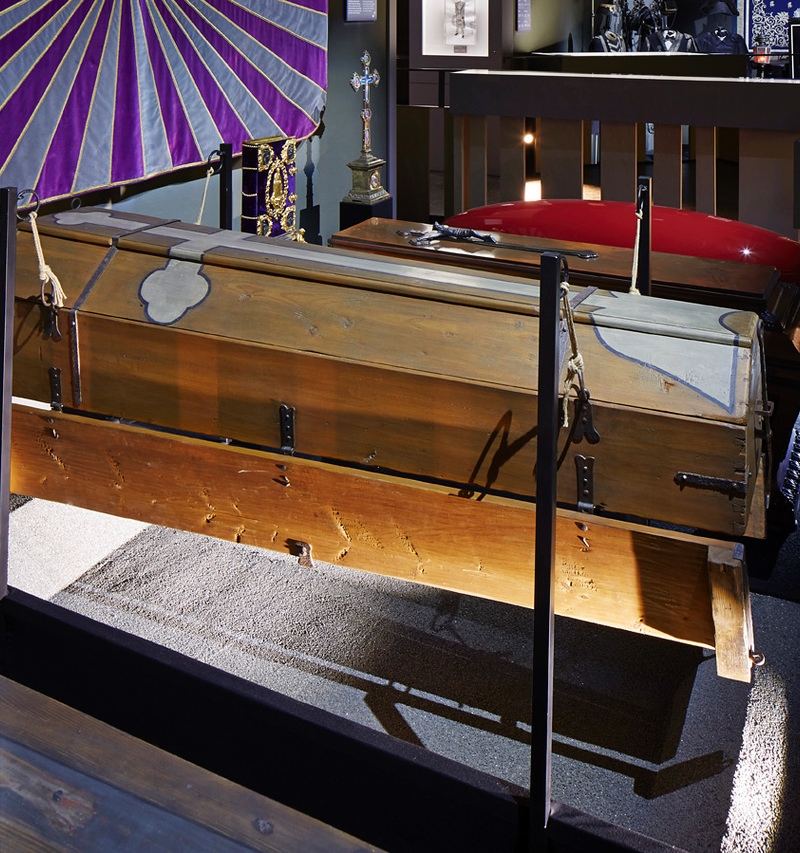
© B&F Wien/Manfred Seidl
What to do when you’re buried alive?
Another highlight from our conversation came up when Helga brought up a common nightmare that has been terrifying people for hundreds of years: what happens if you are mistakenly buried, when in fact you are still alive?
"Well, there was the rescue bell. Instruments like this or similar were legally required in coffins already when Empress Maria Theresa came to power in the second half of the 18th century, and this coincided with the Enlightenment. Things stopped being ‚God ordained‘, but were rather viewed from a scientific standpoint. So the fear increased that something like a false burial could happen. So, one thing is, it was established that there have to be houses prepared for new corpses arriving at the cemetery. There would be a period of 48 hours where the body would be laid there, unburied. If somebody was actually not dead, they would hopefully wake up within this 48 hour period. The families could then go to these houses to watch the dead; lanterns had to be lit and the house had to be heated, so that if the ‚dead‘ really would awaken, the others would neither be frightened, nor catch a cold. All the necessary means would have been available, to help restore this person who had just woken up, to find themselves back among the living.
„But back to the rescue bell. It was an alarm bell that looked a bit like a cuckoo´s clock. So the deceased would be lying down there, with a wire or tube around their wrist, which led up to the rooms where the undertaker was dwelling and working. So if the alleged deceased person had actually not died, this thing would start ringing when they started to move.“
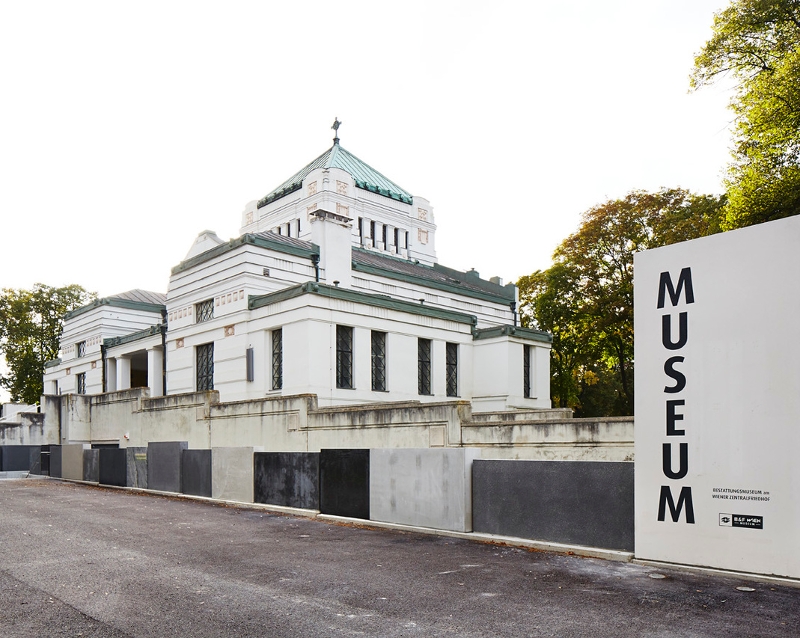
© B&F Wien/Manfred Seidl
The 29th of October-2nd of November: In a series running on FM4’s Reality Check, our roaming reporter Johnny Bliss is at the Wiener Bestattungsmuseum a.k.a the Undertaker’s Museum, in Vienna’s Central Cemetery, with a curator named Helga Bock. Together, they’ll look at some of the weirder parts of the funeral business, and of its history. This includes coffins with trap doors, death masks, grave robbery, and methods that undertakers employed to prevent the accidental burial of the living. From 1pm.
Check this spot at the end of the week for the Reality Check podcast!
Publiziert am 30.10.2018







